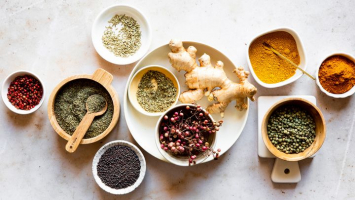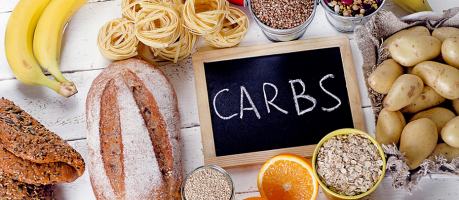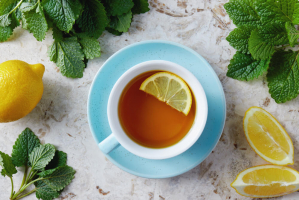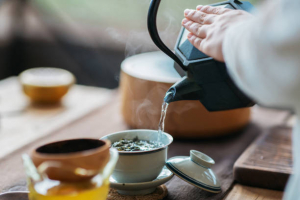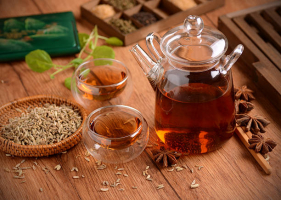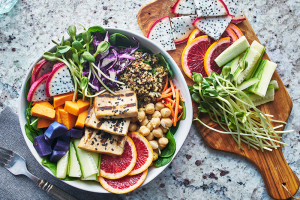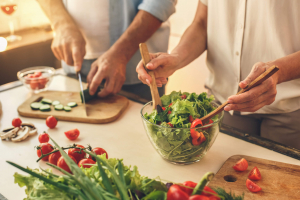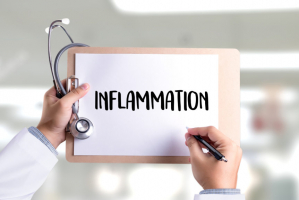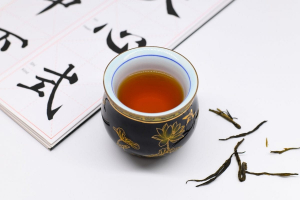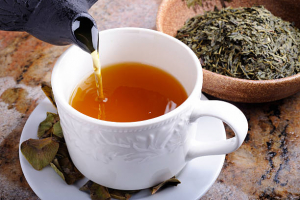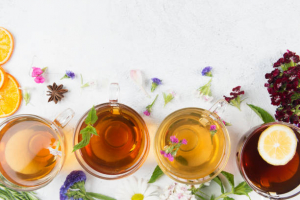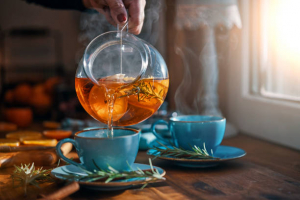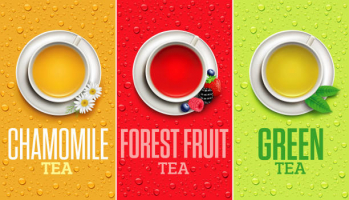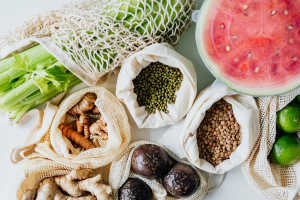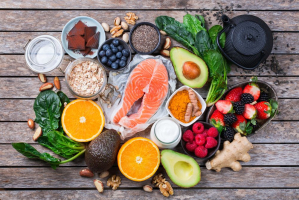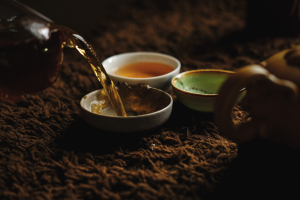Top 6 Powerful Teas That Fight Inflammation
Since ancient times, people have utilized plants, herbs, and spices as medicines. They include potent plant substances, or phytochemicals, that help lessen ... read more...inflammation and stop oxidative damage to your cells. Certain plants may provide pain relief because they have anti-inflammatory effects. They could also aid in treating some disorders that are brought on by it. The advantages of various plants, herbs, and spices may be easily experienced by sipping tea produced from them. The best teas that may combat inflammation are listed below.
-
The leaves of green tea are harvested from the same bush as those of black tea, but because of a different processing method, they maintain their green hue. The polyphenols in green tea, of which epigallocatechin-3-gallate (EGCG) is the most effective, are known to have health-promoting properties. IBDs like Crohn's disease and ulcerative colitis can cause flare-ups that can be alleviated in certain cases by EGCG's anti-inflammatory capabilities. Treatment with an EGCG-based medicine reduced symptoms by 58.3% in a 56-day trial in patients with ulcerative colitis who did not respond to conventional therapy, as opposed to no changes in the placebo group.
Additionally, green tea appears to lessen inflammatory diseases including heart disease, Alzheimer's, and even certain malignancies. Tea bags or loose tea leaves should be steeped in a tea infuser for five minutes to make green tea. You can easily whisk a tablespoon of matcha powder—which is made from finely ground green tea leaves—into hot water or milk. While most individuals may safely drink green tea, it does contain caffeine, which for some people may interfere with sleep. Additionally, consuming a lot of this beverage may prevent the absorption of iron. Consult your doctor if you consume a lot of green tea since certain of its ingredients, such as acetaminophen, codeine, verapamil, nadolol, tamoxifen, and bortezomib, may interact with certain drugs.
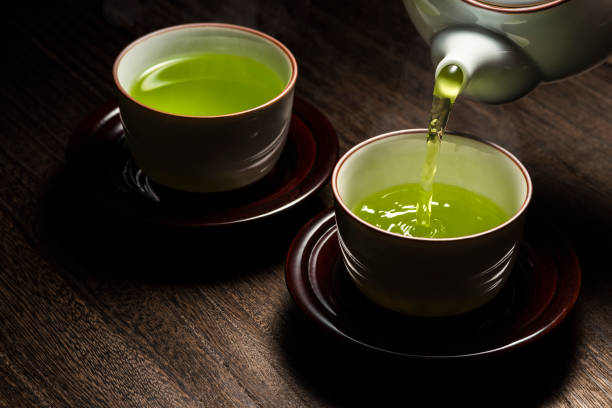
Green tea 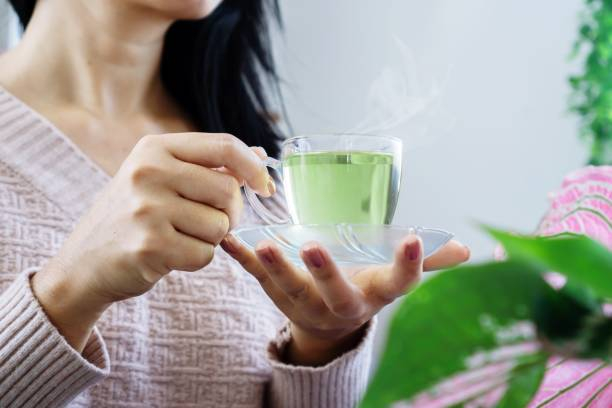
Green tea -
Holy basil is a perennial plant that is indigenous to Southeast Asia and India. It is also referred to by the Hindi name tulsi. Due to its numerous health-enhancing qualities, it is referred to as "the matchless one" and "queen of herbs" in Ayurvedic medicine. In alternative medicine, holy basil is referred to as an adaptogenic plant and is supposed to support your body's ability to withstand emotional, environmental, and metabolic stress. These are frequently the underlying factors in chronic illness that produce inflammation. Holy basil contains anti-inflammatory qualities that may lower blood sugar, cholesterol, and blood pressure levels, according to both animal and human research.
Holy basil seeds and leaves contain chemicals that may lower uric acid levels and lessen discomfort brought on by inflammatory diseases like gout and rheumatoid arthritis. By blocking the cox-1 and cox-2 enzymes, which create inflammatory substances that cause pain, swelling, and inflammation, some of the anti-inflammatory properties of holy basil work to reduce inflammation. There are several natural food stores and internet retailers that sell holy basil or tulsi tea. Use loose tea leaves or a tea bag to brew it, and allow it to steep for five minutes. Most individuals should be able to safely consume tulsi tea every day.
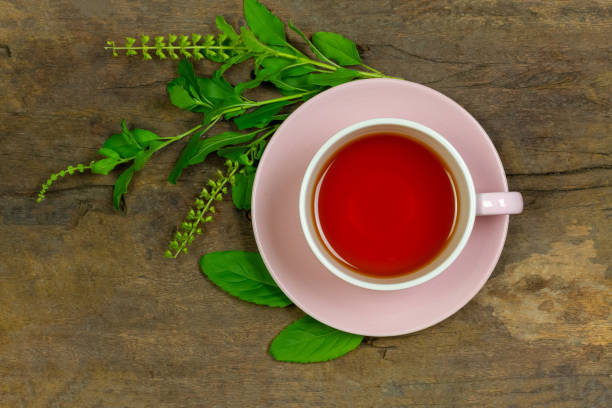
Holy basil 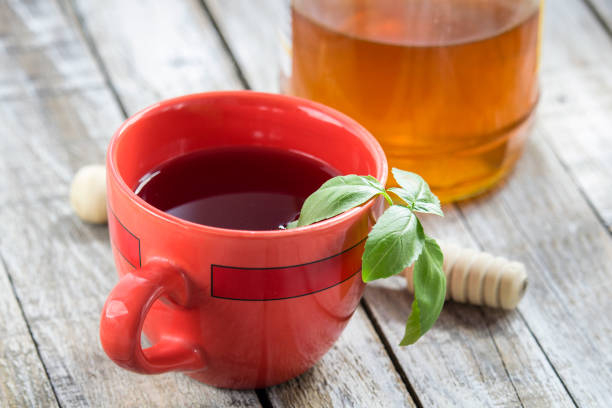
Holy basil -
A blooming plant called turmeric has an edible root or rhizome, that is frequently dried and turned into a spice. Additionally, the root can be peeled and chopped. The primary component in turmeric is curcumin, a yellow substance with a long list of health advantages. By blocking some of the mechanisms that cause this illness, it lessens pain and inflammation. Studies on the benefits of turmeric and curcumin on chronic inflammatory diseases such as rheumatoid arthritis, IBD, and heart disease have been conducted. Inflammation is the root cause of both muscular soreness following exercise and pain in arthritic joints.
In 6-day research, 1,500 mg of curcumin taken in split dosages three times a day significantly decreased pain and enhanced physical function compared to a placebo. The participants had osteoarthritis-related pain and inflammation. Following exercise, consuming 400 mg of curcumin decreased muscular discomfort and injury, according to a different trial involving 20 active males. However, it's uncertain if consuming turmeric tea would have the same impact because these trials utilized high quantities of pure curcumin. If you wish to try making turmeric tea, simmer 1 teaspoon of either powdered turmeric or grated, peeled turmeric root for about 10 minutes in a saucepan with 2 cups (475 ml) of water. After that, filter the solids and taste-adjust with lemon or honey.
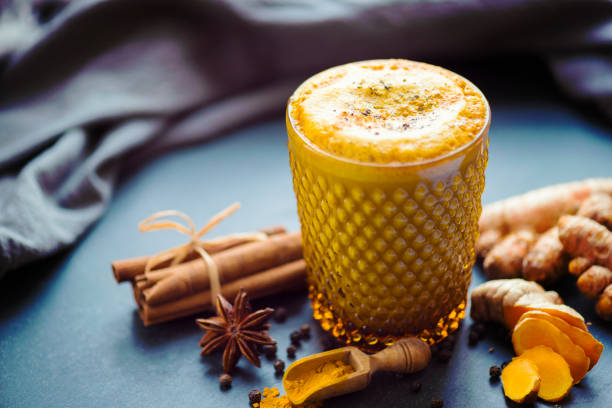
Turmeric 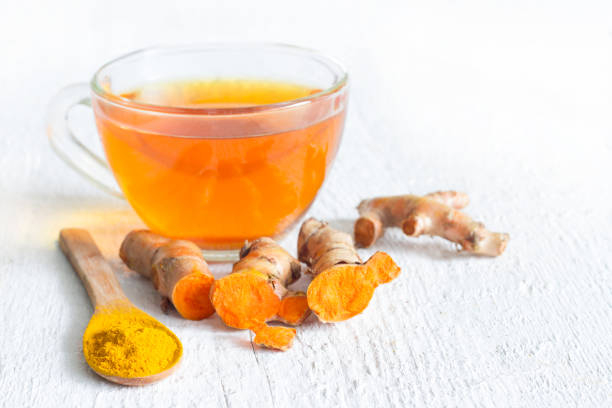
Turmeric -
Ginger has more than 50 distinct antioxidant chemicals, according to research. Many of them reduce your body's synthesis of cytokines, which promote inflammation. In comparison to a placebo, ingesting 1,600 mg of ginger daily decreased fasting blood sugar, total cholesterol, triglycerides, and inflammatory blood indicators including C-reactive protein (CRP) in a 12-week trial of diabetic participants. Similar to this, persons with osteoarthritis who took 1,000 mg of ginger a day for three months had a substantial decrease in inflammatory markers.
But rather than ginger tea, substantial dosages of ginger were employed in these investigations. It is uncertain whether consuming ginger tea would result in the same outcomes. Ginger produces a fantastic tea because of its flavor, which is somewhat sweet and spicy. 1 teaspoon of ginger powder or 1 tablespoon of fresh, peeled ginger should be simmered in 2 cups (475 ml) of water. After 10 minutes, strain it and serve it with honey or lemon.
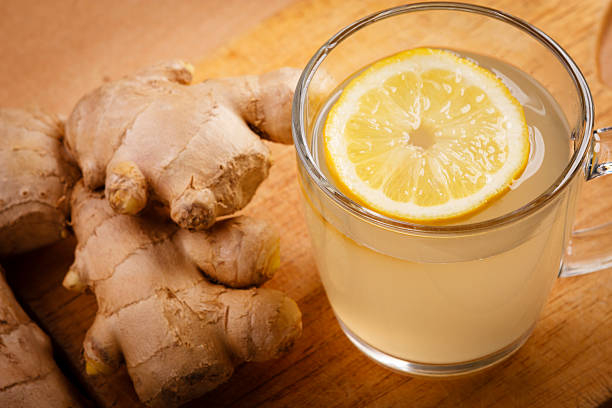
Ginger 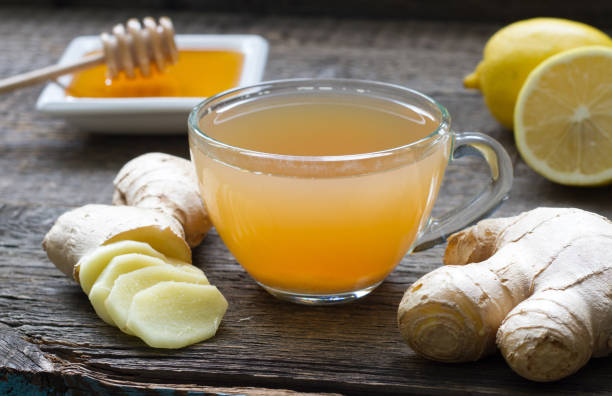
Ginger -
The spherical, coral-red pseudo-fruits that remain after a rose shrub stops producing blooms are called rose hips. Due to their abundance of antioxidants, including beta carotene and vitamins C and E, they have been utilized as a herbal remedy for more than 2,000 years. Phenolic chemicals, which are potent antioxidants with anti-inflammatory properties and cell-protective properties, are present in rose hips. According to studies, rosehip powder lessens rheumatoid arthritis-related pain and other symptoms by reducing the generation of cytokines that promote inflammation.
In addition, triterpenoic acids, ursolic acids, oleanolic acids, and betulinic acids are found in rose hips. These prevent the cox-1 and cox-2 enzymes, which cause discomfort and inflammation. Use around 10 whole, fresh or dried rose hips, mashed or crumbled, to prepare rosehip tea. They should be combined with approximately 1 1/2 cups (355 ml) of extremely hot (but not boiling) water, then steeped for 6 to 8 minutes. If desired, add honey after straining the beverage to get rid of the solids. Rose hip tea has flowery undertones and a rich reddish-coral tint.
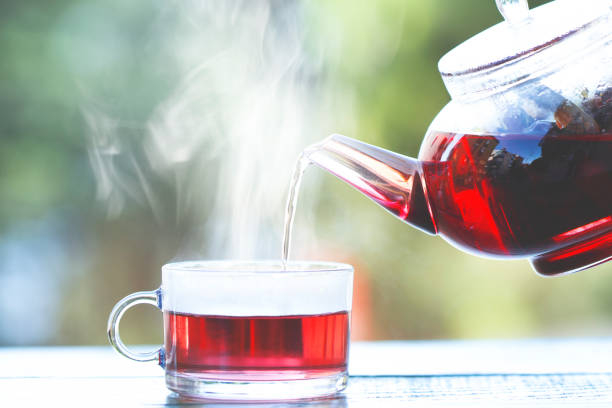
Rose hip 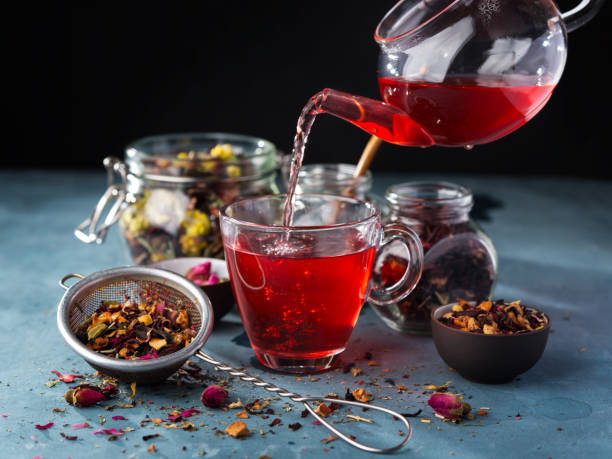
Rose hip -
It's common to compare the flavor of the seeds and bulb of the Mediterranean fennel plant to that of licorice or anise. So if you enjoy them, fennel also makes a tasty tea that reduces inflammation. Fennel has a lot of phenolic anti-inflammatory chemicals, just like rose hips do. Caffeoylquinic acid, rosmarinic acid, quercetin, and kaempferol are a few of the more potent ones. According to some studies, fennel may lessen pain, particularly discomfort associated with menstruation, which may be because of the plant's potent anti-inflammatory components.
In a 3-day experiment involving 60 young women, therapy with 120 grams of fennel extract daily dramatically decreased menstruation discomfort when compared to a placebo. Fennel seeds from your spice rack may be used to brew fennel tea with ease. 2 teaspoons of crushed fennel seeds are combined with 1 cup (240 ml) of boiling water, and they are allowed to steep for around 10 minutes. If desired, you can add honey or sweetener.
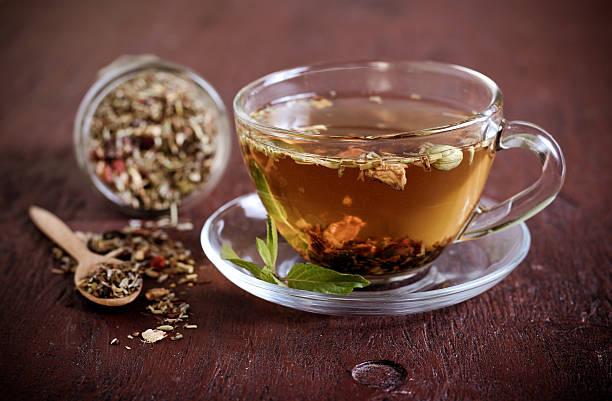
Fennel 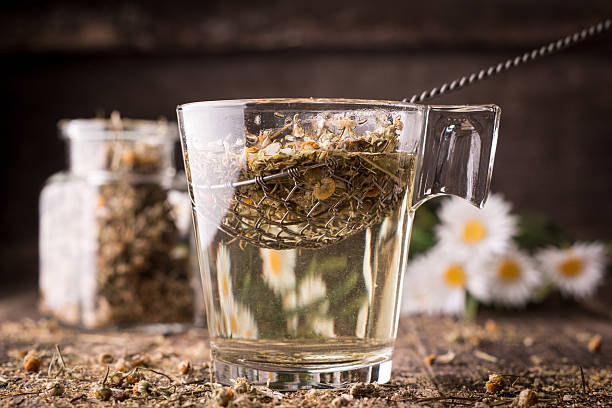
Fennel








